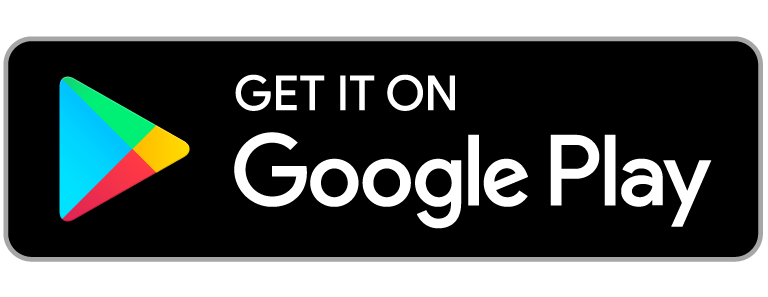Free Learning About PPC Advertising –
Pay-per-click (PPC) advertising is a digital marketing strategy that allows businesses to drive targeted traffic to their websites by paying a fee each time their ad is clicked. It’s a highly effective and measurable way to promote products or services online. In this comprehensive guide, we’ll delve into every aspect of PPC advertising to provide you with a thorough understanding of this powerful marketing tool.
1. What is PPC advertising?
PPC advertising is a model of internet marketing where advertisers pay a fee each time one of their ads is clicked. Essentially, it’s a way to buy visits to your website rather than earn those visits organically. PPC ads are displayed on search engines like Google and Bing, social media platforms, and various websites.
2. Key Components of PPC Advertising:
- Ad Campaigns: PPC advertising involves creating and managing ad campaigns, each with specific goals and budgets.
- Keywords: Advertisers select relevant keywords that trigger their ads when users search for those terms.
- Ad Copy: The text and visuals of the ad that users see. It should be compelling and relevant.
- Bidding: Advertisers set a bid amount, which is the maximum they’re willing to pay for a click.
- Quality Score: Search engines evaluate the quality and relevance of ads and assign a Quality Score, which affects ad rankings.
3. PPC Platforms:
- Google Ads: The most popular PPC platform, allowing ads to appear on Google search results, YouTube, and partner websites.
- Bing Ads: Microsoft’s PPC platform, primarily displaying ads on Bing search results.
- Social Media Platforms: Facebook Ads, Instagram Ads, Twitter Ads, and LinkedIn Ads offer PPC advertising options.
4. Benefits of PPC Advertising:
- Immediate Results: PPC can generate traffic and leads quickly, making it ideal for time-sensitive promotions.
- Highly Targeted: Advertisers can target specific demographics, locations, devices, and more.
- Measurable ROI: Detailed analytics allow for precise tracking of ad performance and return on investment.
- Budget Control: Advertisers can set daily or monthly budgets to control spending.
5. How PPC Works:
- Users enter search queries or browse websites.
- Advertisers bid on keywords or placements relevant to their target audience.
- Search engines or platforms determine which ads to display based on bids, ad quality, and relevance.
- Users see ads and click on them, leading to the advertiser’s website or landing page.
- Advertisers are charged for each click, with the cost depending on the bid and ad competition.
6. Ad Types in PPC Advertising:
- Search Ads: text-based ads displayed on search engine results pages (SERPs).
- Display Ads: Visual ads (banners, images, videos) shown on websites within a network.
- Shopping Ads: product-specific ads featuring images and pricing.
- Video Ads: video-based ads on platforms like YouTube
- Social Media Ads: Ads on social platforms like Facebook, Instagram, and Twitter.
7. PPC Management and Optimization:
- Regularly monitor ad performance.
- Adjust bids, keywords, and ad copy for better results.
- Conduct A/B testing to improve ad effectiveness.
- Optimize landing pages for conversion.
- Use negative keywords to filter out irrelevant traffic.
8. Common PPC Challenges:
- Click fraud and invalid clicks.
- Rising competition is leading to higher costs.
- Ad fatigue and declining performance
- Maintaining a positive return on ad spend (ROAS)
9. Conclusion:
PPC advertising is a dynamic and results-driven digital marketing strategy. When executed effectively, it can drive traffic, increase sales, and boost brand visibility. However, success in PPC advertising requires continuous monitoring, optimization, and a deep understanding of the platforms and audience. It’s a valuable tool in the digital marketing toolkit that can help businesses achieve their marketing objectives in the online landscape.




